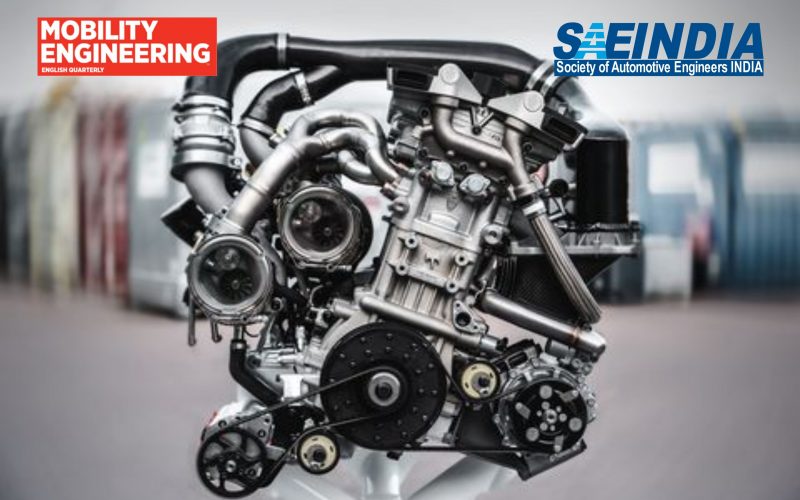Mobility Engineer 2030 : Designing a Course on Cutting Edge Mobility Technology
- Introduction
The automotive industry is being disrupted by many new and exponentially growing technologies that include autonomous driving, electrification, and smart & connected systems for vehicles. There is a rising demand for skilled automotive engineers who can leverage these new technologies to develop robust engineering solutions, to transport people and goods in a safe, sustainable and cost-effective way. Universities are actively redesigning their automotive engineering program to (a) prepare their students to develop sustainable, high-performance mobility solutions and (b) reskill working professionals in the automotive industry.
1.1 Designing the Course to train industry-ready students
Students of automotive engineering should be trained to understand the customer requirements and design product features to address the mobility challenges of the present and the future. The students may choose one of the many specialization profiles like Aerospace, Automotive engineering, Marine technology and Railway technology. The focus of our present article is Automotive engineering specialization. It is important to introduce the technology topics to the students in a holistic manner from a technical, societal, economical and human perspective. As the objective of the course is to prepare industry-ready students, it is important to involve the transportation industry in the program. Guest lectures by industry experts, industry study visits, summer internship projects etc can be leveraged to improve the effectiveness of the program. By encouraging the students to participate in competitive events like SAE Baja that involves building physical prototypes would further accelerate their learning. The subjects of system engineering and architectural thinking, functional safety, propulsion systems, mechatronics, optimization, structural engineering, product life management (PLM) are fundamental areas to be covered in the Mobility engineering program. A blended learning approach that is based on lectures, assignments, computer simulations, lab experiments and projects has been found effective to teach concepts, design, implementation and operationalization (CDIO) of mobility technologies.
1.2 Designing the Course to quickly reskill automotive professionals
Mobility engineering professionals in the industry need to constantly reskill themselves and must be proficient in disciplines as diverse as Integrated mobility systems, Project management, Data Science & Analysis, Infotainment, Advanced Materials & Manufacturing, Vehicle safety systems, Urban development (Smart Cities), Computer software programming, Fleet management, Autonomous driving systems, Networking and cybersecurity, Energy distribution and charging, Artificial intelligence and machine learning, Telecommunications and telematics, Electronics and electrical control systems etc over and above their Automotive and Mechanical engineering domain knowledge. Since the engineering professionals in the industry are busy working, they find it difficult to prioritize training over the immediate project requirements. These engineers are able to spend very less time to reskill themselves. The automotive industry started looking at opportunities beyond the traditional classroom to engage with their employees and encourage them to learn new technologies.
- Create Technical Career Path– Nothing motivates engineers more than learning new technology. Some managers may mistakenly believe that training is a waste of time (and money) as the employees may eventually leave. While it is true that some of them may leave and join other companies, it is also true that most of the engineers who stayed back are better trained and more productive. Companies encourage employees to pursue a technical career path. They help their career journey by offering them customized technical trainings at different stages of their career. Companies create role-specific learning maps and empower their employees to shape their career.
- Invest in Technology– Engineers are motivated to use the best tools and cutting-edge technology as they improve their productivity. Technology is constantly evolving, investing in the latest technology translates into a competitive advantage.
- Build a Culture of Innovation – Companies encourage employees to leverage technology and innovate by organizing hackathons, idea competitions, innovation awards and seed-funding for new ideas. The visionary leaders dedicate their time to sponsor innovation projects and mentor the innovators.
1.3 Key challenges in designing the Course on Mobility
As the automotive technologies like electric, connected and autonomous are rapidly evolving, the program has to be fast-paced and future-oriented. Since the industry urgently needs engineers trained in future technologies, the program has to be application oriented. The program should be well aligned to the emerging needs of the industry. The program has to be cross-disciplinary in nature as the future vehicle will seamlessly integrate various engineering domains like mechanical, electrical, electronics, computer etc. The program needs to be designed such that the students acquire both the depth and breath of technical knowledge. The program will have to be an inter-departmental offering and the professors from various department need to collaborate and co-create it. The first author (BT) had many years of experience in corporate R&D before he moved to Academia. The second author (SV) is in the industry but is in the role of Dean of a technical academy. Both the authors bring a rich combination of industry and academic experience and this unique combination is critical for designing an effective course in cutting edge mobility technology.
2.0 Innovative Approaches to Designing the Mobility Course
2.1 Align the Courses with the Automotive Product Development Cycle
To design a curriculum that will prepare industry–ready students, it is important to understand the automotive product development process (Figure 1). There are three stages of Product development i.e product planning, development and deployment. Each of these stages demands different sets of competencies from the Mobility Engineer.
Product planning:
- User experience
- Market Analysis: includes capturing Voice of customer (VOC), arriving to product features using Quality function deployment (QFD).
Product development
- Design: Includes conceptual & detailed design, release of drawings
- Development of tools & algorithms
- Analysis: Analyze design for their feasibility and manufacturability
- Proto: Prototype building
- Testing & validation: Instrumentation, Measurement, Data acquisition, Control, interpret and provide next steps
Product deployment
- Manufacturing
- Quality control
- Maintenance, Upgrade, End of life (ELV) requirements/compliance etc
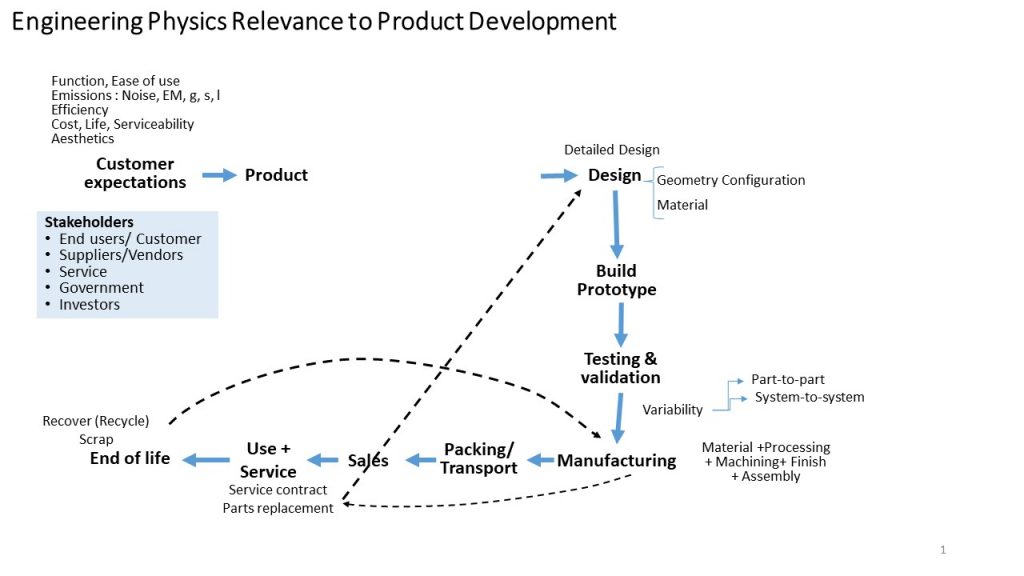
Figure 1 Automotive Product development cycle
2.2 Assemble the Courses towards building a T- Profile
Building the various functional competencies, that are spread across product planning, design and deployment, would create a Mobility Engineer who is both a specialist and a generalist i.e technical breadth across multiple domains and technical depth in certain domains (T – shaped profile). The vertical bar on the letter T represents the depth of related skills and expertise in a single field, whereas the horizontal bar is the ability to collaborate across disciplines with experts in other areas and to apply knowledge in areas of expertise other than one’s own.
- A generalist with inter-disciplinary knowledge will be appropriate for system level integration while a specialist is required for designing sub-systems with advanced technologies and their associated trade-off
- Expert / Specialist can be from any one of the under-graduate (UG) programs (like Electrical, electronics, Mechanical, Mechatronics, Computer science, Chemical), who then choose an area of their interest within these streams to specialize through a Masters (Post-graduate, PG) or Doctorate Program.
- Both generalists and specialists will require exposure to the industry practices – they need to undergo in-house training on specific products or sub-systems to be able to understand the interactions between different sub-systems.
- Over a period of time (3 – 5 years), both the generalist and the specialist mobility engineer can contribute to product enhancement as well as train / mentor the incumbent engineers in their area.
The different stages of the product development cycle require different functional competencies – we would need engineers with relevant academic background (UG, PG, Doctorate) and industry experience (Table 1).
Table 1 Functional competencies required for various product development stages
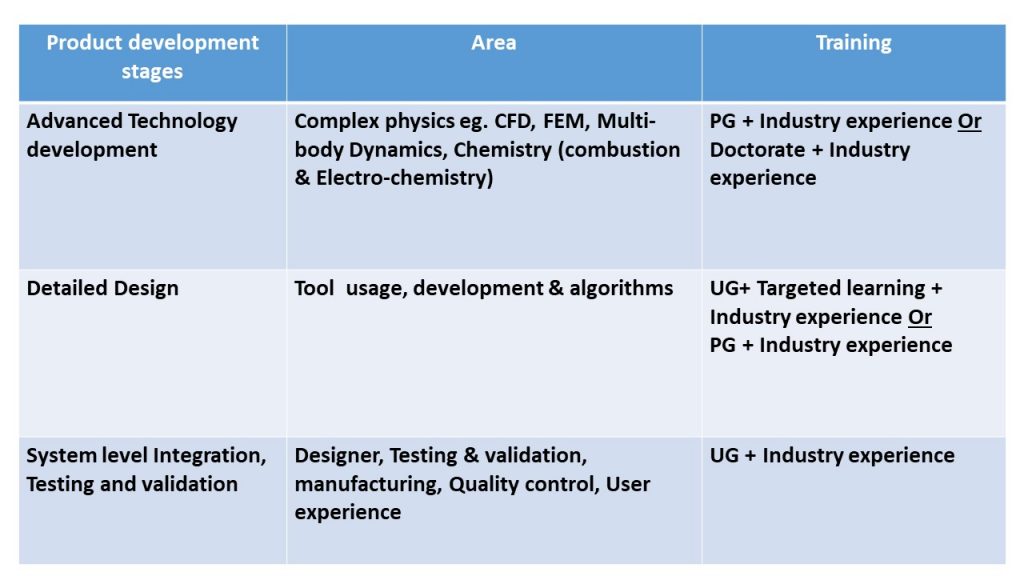
Mobility Engineer 2030 requires skills in the areas of Basic Sciences/Engineering, Core Mobility Engineering (Power train IC Engines-ICE/Electric Vehicle-EV, Automotive electronics), Automation, Autonomous, Connected (Cloud & IoT) technologies. A mobility engineer can be trained in-depth in one or more of the above areas (Table 2) and can be provided with a broad awareness of other areas which will help him / her to specialize in certain sub-systems and also contribute to overall vehicle integration.
- As the Masters Program will be attended by students from various engineering background (UG in Mechanical, Electrical, Electronics, Computer Engineering), there is a need to introduce Bridge Courses e.g “Introduction to Electronics for Mechanical Engineers”. Teaching and learning from these bridge courses demands creativity from the teacher and curiosity from the student.
- The Masters Program has to offer electives that are relevant to the industry – (a) electric, connected, autonomous vehicle technologies (b) design and manufacturing of automotive products built on these technologies (c) economics and business models to take these new products to market etc
Table 2 Matrix of UG programs Vs Mobility Engineer Skills
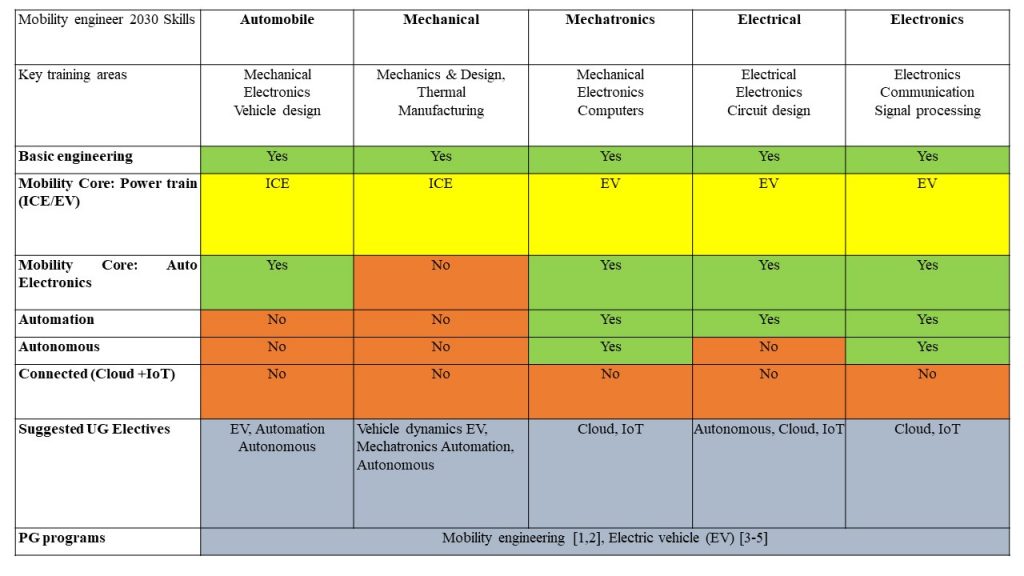
* Basic sciences /engineering include Physics, Chemistry, Mathematics, Thermodynamics, Electrical and Electronics engineering, Engineering Mechanics
2.3 Design the Program with a strong foundation in Science
We need to build a strong foundation in science before we introduce the technology topics. A mobility engineer needs to have a strong foundation in physics, mathematics and chemistry.
Physics – From combustion to aerodynamics, a deep understanding of physics has always been at the heart of car design. “Among the many fields of present‐day physics which promise significant contributions to the automotive industry in the near future, is the physics of the ‘solid‐state’.” These words, spoken in a March 1938 address by Cornell University Physicist Floyd K. Richtmyer, proved to be prophetic [6]. The ICE vehicles have solid‐state components in their electrical system. Use of Integrated Circuit (IC) technology in cars started with durable microcomputers that are an essential part of electronic engine‐control systems. The amount of automotive electronics has steadily grown over the years. Today, physics-based technologies are playing an even greater role, as the electric car market expands and vehicles become increasingly smart, connected, autonomous. Physics World brought out a special issue on physics and cars in August 2020. We can easily visualise the exponentially growing role played by the “solid state physics” – we need to optimize the performance of solid-state batteries, electric motors, sensors, actuators etc.
Figure 2 illustrates the role played by different branches of physics (yellow oval) in Internal Combustion Engines (ICE) Vehicles and Electric Vehicles (EVs). The black dotted box indicates areas which are de-emphasized for Electric vehicles (EVs) eg.. operating cycles, combustion & emissions, engine balancing. The green solid box indicates area of increased emphasis eg. batteries, motors, chargers. Figure 3 maps the various courses that an engineer undergoes during engineering and its relevance to different product development stages (mapped to Figure 1).
Chemistry – A recent article in Chemical & Engineering News [7], the weekly newsmagazine of the American Chemical Society, explains how chemistry can help develop the materials necessary for electric and autonomous vehicles. Automotive OEMs will need cutting-edge chemicals, coatings, and materials to deliver on the promise of electric and autonomous vehicles. Chemistry helps us to build better batteries. developing the complex computer systems and sensors required for fully autonomous driving, new structural materials that provide a spacious, safe and comfortable environment for human passengers etc.
Mathematics – We subconsciously follow certain math equations in our heads while we drive in dense traffic. We look at the car ahead and try to maintain a safe distance. If it’s larger, we accelerate, and if it’s shorter, we brake. MIT Professor and Computer scientist Berthold Horn used a similar idea combined with the GPS system of our cars to help keep us at a safe distance from one another while still traveling at an appropriate speed. Horn says this “bilateral control” uses information from the vehicle behind you to maintain the same distance ahead of you as well. By eliminating traffic jams, Horn’s simulation shows that bilateral control could make commutes faster and more efficient. It’s also promising for better air quality as Smoother traffic flow would lead to lower tailpipe emissions [8,9]. As autonomous vehicles are fast becoming a reality, there are more questions than ever about their safety, and how to determine responsibility when they get in an accident. With so many tech and auto companies working on different technology, there’s also a question of how to establish standards on any level. Amnon Shashua, the CEO of Mobileye, now acquired by Intel, proposed a model called Responsibility Sensitive Safety to “prove” the safety of autonomous vehicles [10]. Advanced mathematics and algorithms are at the heart of high performance of an electric, connected and autonomous vehicle. The mobility engineer needs to have a strong aptitude for mathematics and algorithmic thinking.
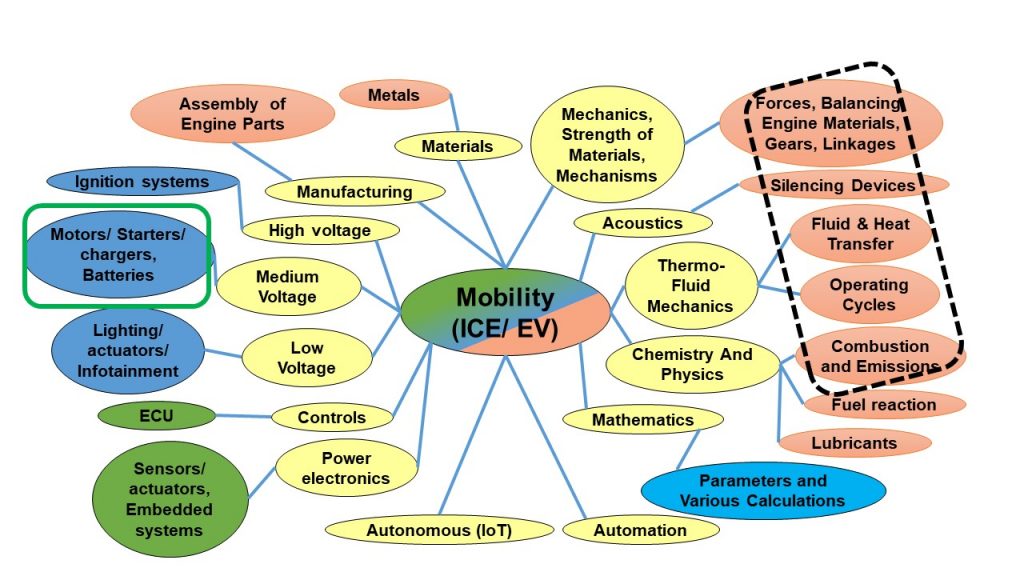
Figure 2 Role of Physics in Mobility Technology
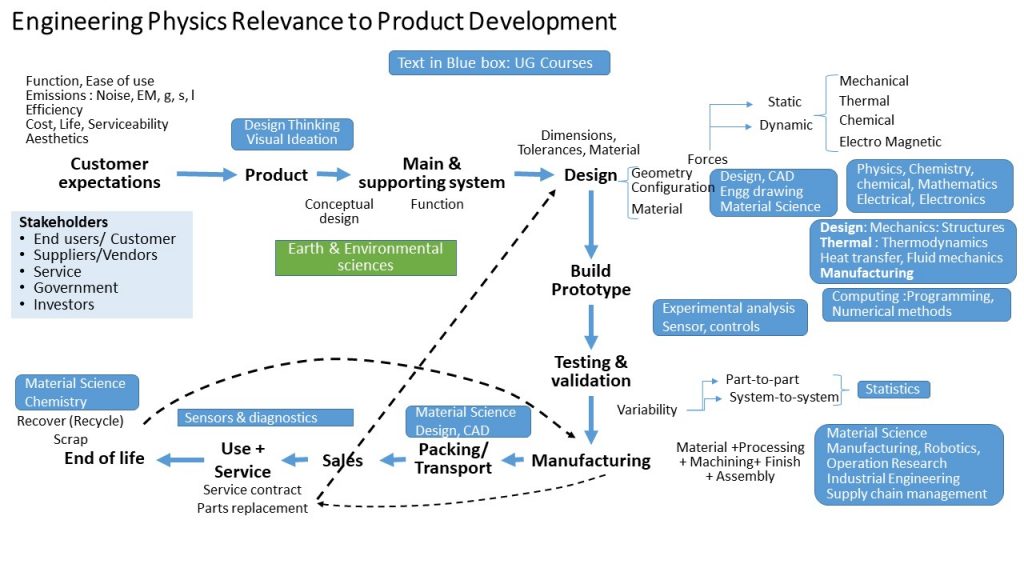
Figure 3 Role of Engineering Physics in Automotive Product Development
Once the basic concepts of physics, chemistry and mathematics are introduced, it is important to further strengthen the foundation by demonstrating the scientific effects. The design of experiments for working professionals, who are returning to a lab after many years, is not easy. Long lectures will scare away the students. The teacher has to connect with students through innovative teaching aids. Smart phone devices have multiple sensors that can be used for demonstration of different concepts [11-14]. Some of these sensors are Accelerometer, ambient light intensity, microphone (speaker) & receiver, gyroscope, proximity sensor, camera. “Phyphox” app from RWTH Aachen university [15] is one such Android App that can be downloaded and experiments conducted.
2.4 Design the Pedagogy to achieve the desired outcome
The desired outcome of the course is an industry-ready professional and the objective of this professional is to create sustainable and innovative mobility solutions. We describe how we can achieve the objective of transforming students into industry-ready professionals by using Blooms Taxonomy and the guidelines from the National Board of Accreditation (NBA). Blooms Taxonomy [16] guides us with different levels of skills to be imparted to students in each course / subject and its systematic evaluation while NBA [17] directs our focus on all round development. Content creation and outcome-based education is important for effective education of the engineer. The Bloom’s Taxonomy (Figure 4) teaches how to impart basic concepts so that the student readily Recalls facts and basic concepts, Understand ideas and concepts, Apply the concepts to new situations, Analyze to find connections among ideas, Evaluate to arrive at a decision / point of view, and finally reach the peak i.e Create a new or original work. Training the student navigate these stages during the course of the UG/ Masters Program is important. Having an organized set of objectives helps teachers to a) plan and deliver appropriate instruction b) design valid assessment tasks and strategies and c) ensure that instruction and assessment are aligned with the objectives.
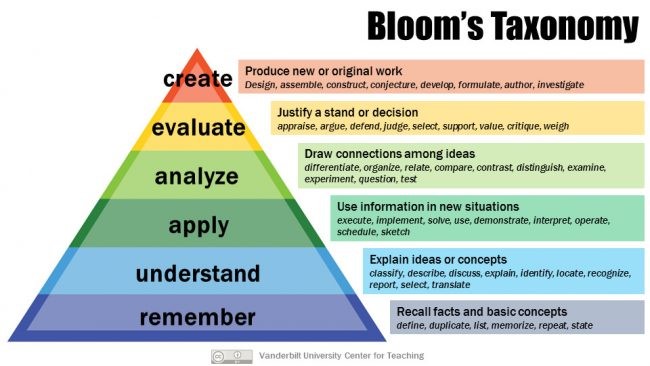
Figure 4 – Design the Courses using Bloom’s Taxonomy [16]
NBAs concentrates on the twelve Program objectives [17] and embraces Blooms Taxonomy significantly – “Engineering knowledge, Problem analysis, Design/development of solutions, Investigation, Modern tool usage, The engineer and society, Environment and sustainability, Ethics, Individual and team work, Communications, Project management and finance and Life-long learning. NBA aligned its methodology with international benchmarks and started accreditation on the basis of outcomes. It believes that educational quality must be measured by outcomes rather than inputs, because inputs do not necessarily correlate with quality outcomes. Outcomes are dependent not only on inputs but also on the processes followed by an institution to convert inputs into defined outcomes” [17].
3.0 Conclusion and Key Takeaways
Our study was aimed at redesigning automotive engineering program to (a) prepare students to develop sustainable, high-performance mobility solutions and (b) reskill working professionals in the automotive industry. Towards achieving this objective, we experimented with various innovative approaches to designing the curriculum and teaching the cutting-edge technologies. We found these four principles to be very critical to the development of a successful course:
- Align the course to the automotive product development cycle
- Design the portfolio of courses with the objective of creating a learner with T – profile (having both depth and breadth)
- Ensure a strong foundation in basic sciences and enrich it with creative experiments
- Design the pedagogy with the outcome in mind – the desired outcome is an industry-ready professional capable of building sustainable and innovative automotive products.
These are only the basic rules. We are actively experimenting, and we realize that we are on a steep learning curve. We expect to come up with many more innovative ideas and guiding principles in the months ahead.
Acknowledgements:
The authors thank Professor Yajulu Medury and Professor Pramod S Mehta for sharing their insights and shaping our views on the topic of designing a course on cutting edge mobility technologies. We also thank Mr Tito Kishan Vemuri and Dr Srinivas Gunti for reviewing our manuscript and sharing their feedback comments.
References
- Mobility engineering, MSc, https://www.chalmers.se/en/education/programmes/masters-info/Pages/Mobility-Engineering.aspx
- Master in Mobility Systems Engineering & Management (MSEM) https://www.hectorschool.kit.edu/master-mobility-systems-engineering-and-management.php
- MSc Automotive Engineering for Electric Vehicles https://www.beds.ac.uk/howtoapply/courses/postgraduate/next-year/automotive-engineering-for-electric-vehicles/
- Master in Electric Vehicle Engineering, https://www.hv.se/en/education/degree-programmes/master-in-electric-vehicle-engineering/
- Autonomous EV MTech, https://www.mahindraecolecentrale.edu.in/pdf/MTech_A_EVs_Curriculum.pdf
- Frank E. Jamerson and Nils L. Muench “Physicists and their work in the automotive industry”, Physics Today 34, 12, 30 (1981)
- Craig Bettenhausen, “Self-driving cars are coming. Chemical makers are racing to keep up” , Chemical and Engineering News, https://cen.acs.org/business/consumer-products/Self-driving-cars-coming-Chemical/98/i41
- “A simple math equations could solve highway traffic jams for ever”, Fast Company, https://www.fastcompany.com/3020958/a-simple-math-equation-could-solve-highway-traffic-jams-forever
- Alice Chase,” Why Math Matters For the Future of Self Driving Cars”,(April 7, 2020), https://www.motorbiscuit.com/why-math-matters-for-the-future-of-self-driving-cars/
- Shai Shalev-Shwartz, Shaked Shammah, Amnon Shashua, “On a formal model of safe and scalable self-driving cars”, https://arxiv.org/pdf/1708.06374.pdf
- Feynman, Lewin, and Einstein Download Zoom: “A Guide for Incorporating E-Teaching of Physics in a Post-COVID” World, Daniel J. O’Brien, arXiv:2008.07441 [physics.ed-ph] https://arxiv.org/pdf/2008.07441.pdf
- “The Use Of Smartphone Sensor For Physics Learning” http://www.ijstr.org/final-print/oct2019/Studies-The-Use-Of-Smartphone-Sensor-For-Physics-Learning.pdf
- “Smartphone Physics on the Rise” https://physics.aps.org/articles/v13/68
- “Using Smartphones as Experimental Tools—a Follow-up: Cognitive Effects by Video Analysis and Reduction of Cognitive Load by Multiple Representations”,https://link.springer.com/content/pdf/10.1007/s10956-020-09816-w.pdf
- PhyPhox, https://st.llnl.gov/sci-ed/Physics-with-Phones/ .
- Armstrong, P. (2010). Bloom’s Taxonomy. Vanderbilt University Center for Teaching. Retrieved [Aug10’21] from https://cft.vanderbilt.edu/guides-sub-pages/blooms-taxonomy/ . Image used under a Creative Commons Attribution license from Vanderbilt University Center for Teaching.
- National Board of Accreditation – https://www.nbaind.org/Accreditation
 |
Dr Shankar Venugopal is a Vice President at Mahindra & Mahindra. He leads technology innovation, intellectual property and knowledge management. He is also the Dean of the Mahindra Technical Academy. He holds a doctoral degree in materials science from the Indian Institute of Science. He has 20+ years of industry experience across GE, Dow, Honeywell, Cummins and Mahindra. He holds ten US granted patents and ten Indian patent applications. |
 |
Dr Bhaskar Tamma is Professor at Mahindra University, Ecole Centrale School of Engineering. He works in the area of Engine combustion/emissions and Battery thermal management. He uses his industry experience to enhance industry-academia interactions through collaborations, invited lectures and student projects. |


